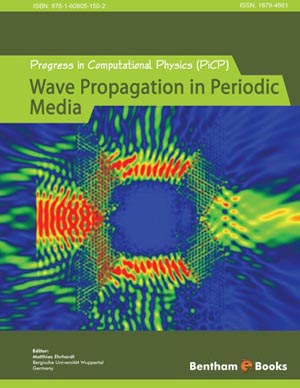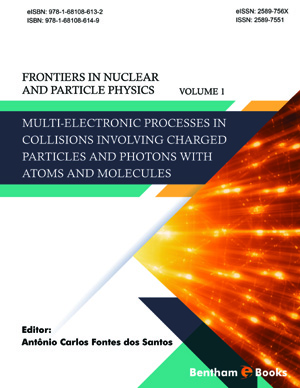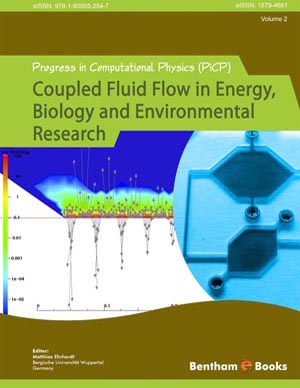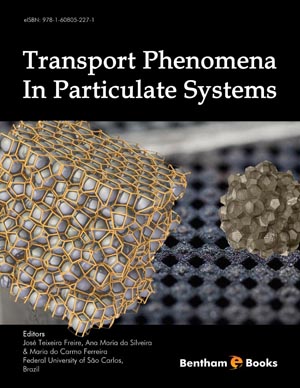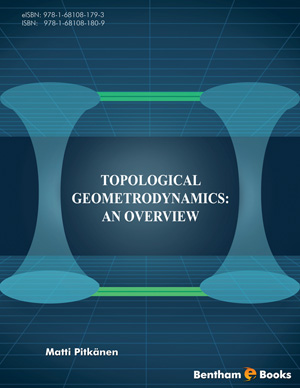Abstract
Periodic media problems widely exist in many modern application areas like semiconductor nanostructures (e.g. quantum dots and nanocrystals), semi-conductor superlattices, photonic crystals (PC) structures, meta materials or Bragg gratings of surface plasmon polariton (SPP) waveguides, etc. Often these application problems are modeled by partial differential equations with periodic coefficients and/or periodic geometries. In order to numerically solve these periodic structure problems efficiently one usually confines the spatial domain to a bounded computational domain (i.e. in a neighborhood of the region of physical interest). Hereby, the usual strategy is to introduce so-called artificial boundaries and impose suitable boundary conditions. For wave-like equations, the ideal boundary conditions should not only lead to well-posed problems, but also mimic the perfect absorption of waves traveling out of the computational domain through the artificial boundaries. In the first part of this chapter we present a novel analytical impedance expression for general second order ODE problems with periodic coefficients. This new expression for the kernel of the Dirichlet-to-Neumann mapping of the artificial boundary conditions is then used for computing the bound states of the Schrödinger operator with periodic potentials at infinity. Other potential applications are associated with the exact artificial boundary conditions for some time-dependent problems with periodic structures. As an example, a two-dimensional hyperbolic equation modeling the TM polarization of the electromagnetic field with a periodic dielectric permittivity is considered. In the second part of this chapter we present a new numerical technique for solving periodic structure problems. This novel approach possesses several advantages. First, it allows for a fast evaluation of the Sommerfeld-to-Sommerfeld operator for periodic array problems. Secondly, this computational method can also be used for bi-periodic structure problems with local defects. In the sequel we consider several problems, such as the exterior elliptic problems with strong coercivity, the time-dependent Schrödinger equation and the Helmholtz equation with damping. Finally, in the third part we consider periodic arrays that are structures consisting of geometrically identical subdomains, usually called periodic cells. We use the Helmholtz equation as a model equation and consider the definition and evaluation of the exact boundary mappings for general semi-infinite arrays that are periodic in one direction for any real wavenumber. The well-posedness of the Helmholtz equation is established via the limiting absorption principle (LABP). An algorithm based on the doubling procedure of the second part of this chapter and an extrapolation method is proposed to construct the exact Sommerfeld-to-Sommerfeld boundary mapping. This new algorithm benefits from its robustness and the simplicity of implementation. But it also suffers from the high computational cost and the resonance wave numbers. To overcome these shortcomings, we propose another algorithm based on a conjecture about the asymptotic behaviour of limiting absorption principle solutions. The price we have to pay is the resolution of some generalized eigenvalue problem, but still the overall computational cost is significantly reduced. Numerical evidences show that this algorithm presents theoretically the same results as the first algorithm. Moreover, some quantitative comparisons between these two algorithms are given.


